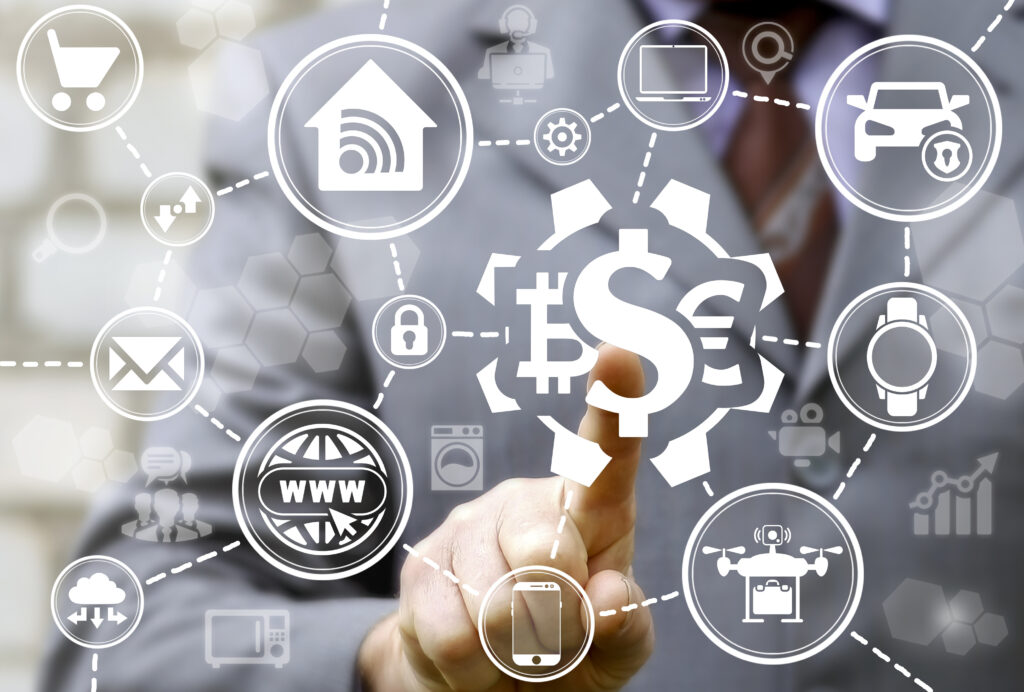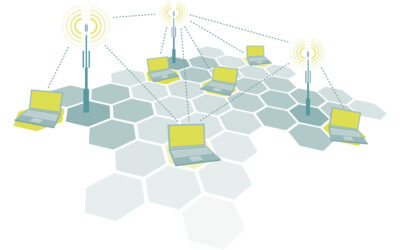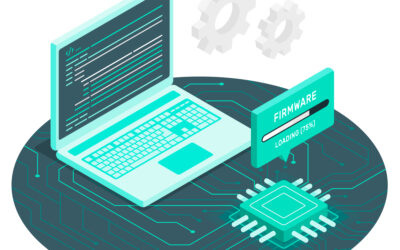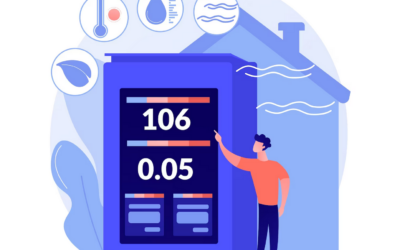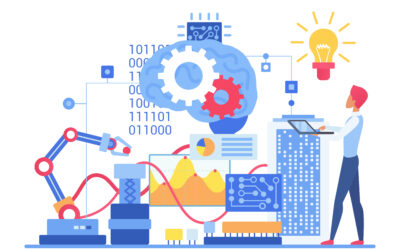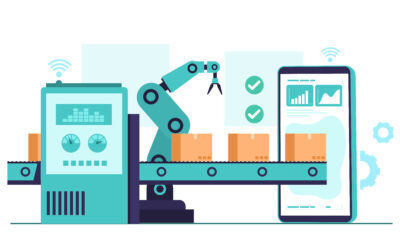Table of Content
IoT Devices Security In FinTech
FinTech has become a +$250 billion industry. It has seen a considerable increase in IoT technology, primarily in finance, banking, and finance-based services. Thus, security is paramount.
Finance has considerable investments in traditional IT, and all the tools, security, and software that they have focuses on the finance industry’s needs.
The same tools must work with IoT, so there is very little that a finance company will not have a considerable advantage. If you want to sell products to a finance company, secure IoT becomes part of the solution.
One of the places where IoT can bring considerable benefits to the finance industry is in helping to ensure customer privacy. One of the main problems in the banking industry is that customers are apprehensive about what happens to their data when they are going through the traditional systems. As a result, the consumer is now wary about how they interact with the banks.
At the moment, IoT can address this, as IoT devices can be highly discreet and used in ways that do not apply to traditional IT.
Another benefit of IoT in finance is that the data becomes much more valuable. We are already seeing this happening with things like Apple Pay.
With so much financial data managed by different companies, it is straightforward to get all the financial data in one place, such as banks, as they hold all their financial data in various systems that don’t communicate with each other.
We already see a vast increase in the amount of data produced in the finance industry—only manageable by using IoT to deliver more insightful results.
There are also IoT devices used for fraud prevention purposes. Many systems are pretty discreet and have little impact on users, particularly in online banking, where most IoT devices exist.
The financial world is currently undergoing a considerable transformation with IoT devices. As a result, we may see more financial innovation in the future.
This finance innovation is already visible in countries such as the UK, with new million venture capital funds set up to support new applications for IoT devices.
IoT devices help ensure that the information they have is up to date. The security systems can identify any rogue accounts and remove them from the system when found.
IoT is employed to help develop more secure technologies because the IoT devices can get access to data that would typically be impossible to access, including information generated from smartphones and smartwatches.
Such IoT devices are employed to find out where people have been, what they have been doing, and what time they have arrived at their homes or offices. As a result, it is possible to use this information to target people’s marketing messages and give them real-time updates.
Data generated by IoT devices are employed to identify fraud. For example, if a person starts receiving suspicious transactions, they can pass these alerts on to bank employees. As a result, this could help stop people from losing money.
The rise of cloud technology has also allowed finance companies to develop ways of accessing data across different industries. They have created technologies that would enable them to work with companies in transport and logistics—resulting in their customers gaining access to more information and making it much easier to make decisions.
IoT devices are also employed to collect data for analysis to gain insights about users. As a result, finance companies can work on providing their customers with better products and services.
In addition, the rise of IoT devices has allowed finance companies to identify threats before they can cause harm. For example, if a power surge is detected, it could warn of an electricity outage with the banking system. As a result, people could be kept safe and informed of when the outage would occur.
IoT devices also allow companies to create a more reliable and streamlined workplace. As a result, employees will be able to work more efficiently, which will enable them to improve their productivity.
As technology advances, IoT devices are likely to continue to play a significant role in people’s lives. As a result, businesses and people will continue to benefit. However, this is not without its challenges.
Ending Thoughts
Throughout this initial series of IoT articles, we have explored the various terminology, scenarios, applicability, and challenges associated with IoT security in general.
At Krasamo, we are specialists in developing state-of-the-art applications and solutions that can digitally transform your organization for the better.
We can provide consulting expertise for your IoT security requirements, guide you to a successful project completion delivery, and make IoT work for your organization.

